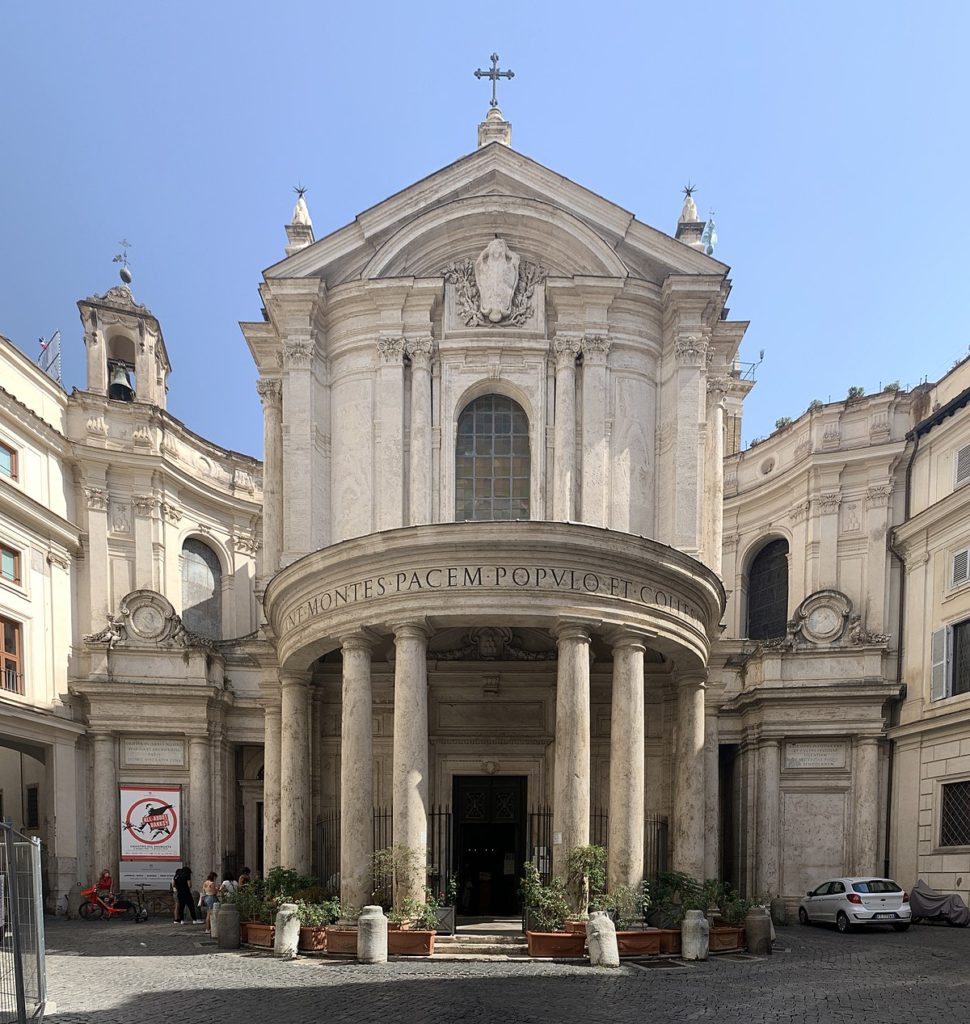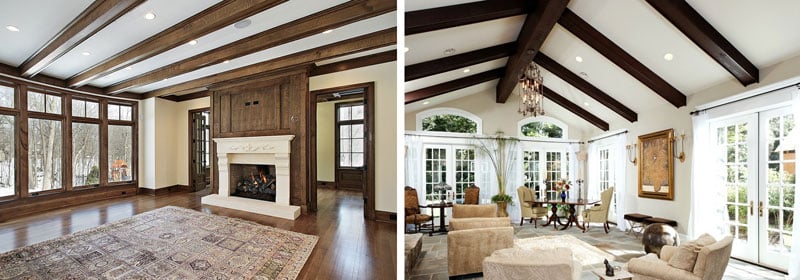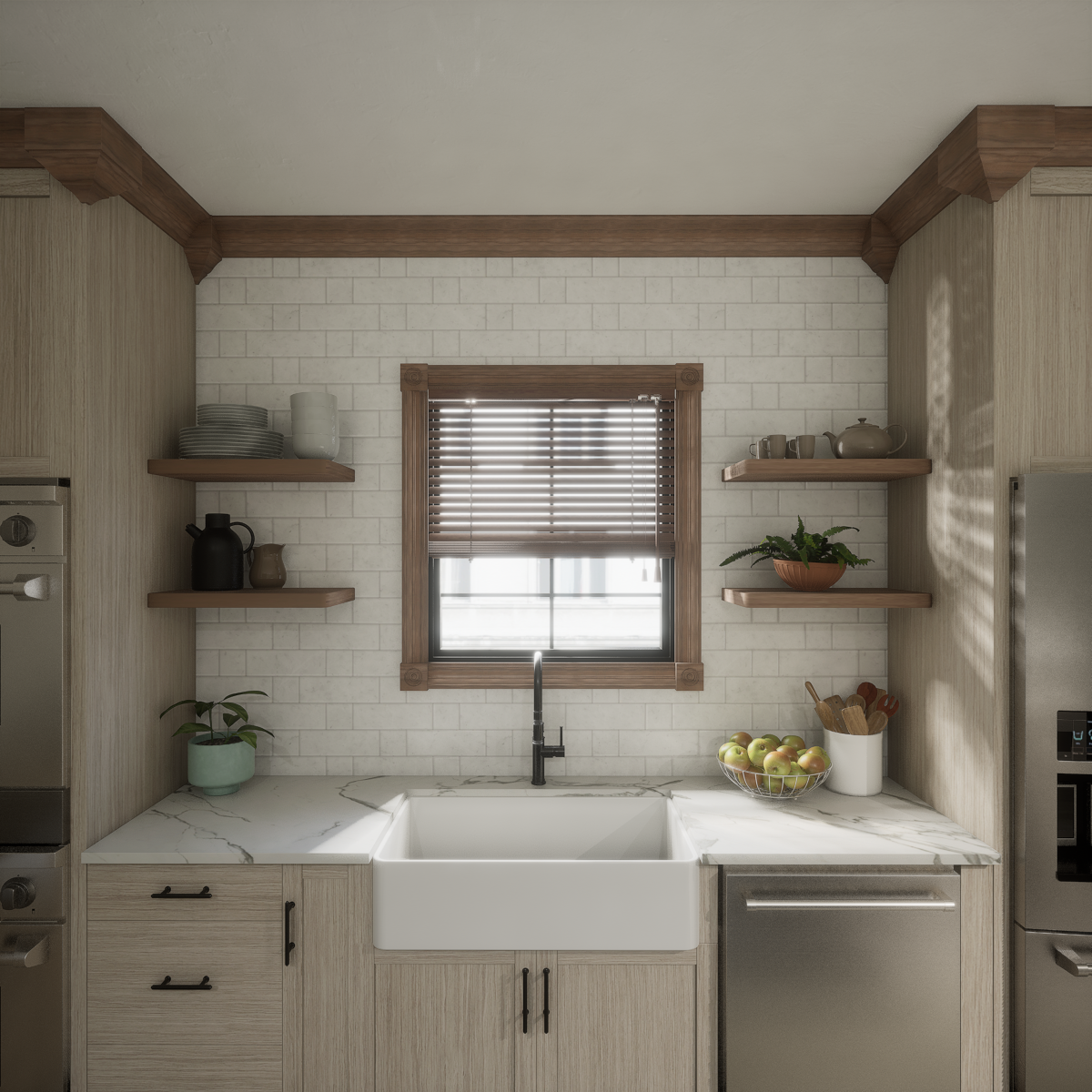History
In addition to the three Greek orders we have already covered (Doric, Ionic and Corinthian), there are two Roman orders that round out the canonical 5 orders of Architecture. This week we will be looking at the first of those orders, the Tuscan Order.
The Tuscan Order was not part of Vitruvius’s De Architectura, as at the time it was not considered its own order but rather an extension of the Greek Doric. It wasn’t until the 6th century encyclopedia Etymologiae that it was first identified as its own order. While most see the Tuscan Order as heavily influenced by the Doric, there are a few key differentiating factors, and it really exists as more of a combination of the Doric and Ionic order. It follows the simplicity of the Doric capital, but with a plain, unfluted shaft and the addition of a base. It also follows the overall proportion of the Ionic order, not the Doric it is most often associated with. Overall, the Tuscan order is the most plain of the orders, described by Italian Architect Sebastiano Serlio as “the solidest and least ornate” of the 5 orders.
Tuscan Order Sizing
As mentioned, Tuscan columns more closely resembles the Ionic Order, but with a 7 – 8 diameter to height proportion rather than 8 – 9.
Example: If your column is 8’ tall, your diameter should be 12” -14”
Famous Examples
While the 248 columns (that’s a lot of columns) of St. Peters Square tend to be classified as Doric, the plain shafts and inclusion of the traditional Tuscan base do fall into the Tuscan order. These columns are over 52’ tall and set up in rows of four, with varying diameters, creating an optical illusion when looking at the right angle.

Santa Maria della Pace is a Church built in 1482 in Rome, Italy. It was built atop the foundation of the pre-existing Sant’Andrea de Aquarizariis. It features multiple columns throughout, with 8 large Tuscan columns on the front entryway.

Christ Church Spitalfields is a 1700’s era Anglican Church in England. The church now doubles as a house of worship, and an extremely popular tourist attraction due to its beautiful architecture, including a large pediment on the west end with 4 large, Tuscan columns.



